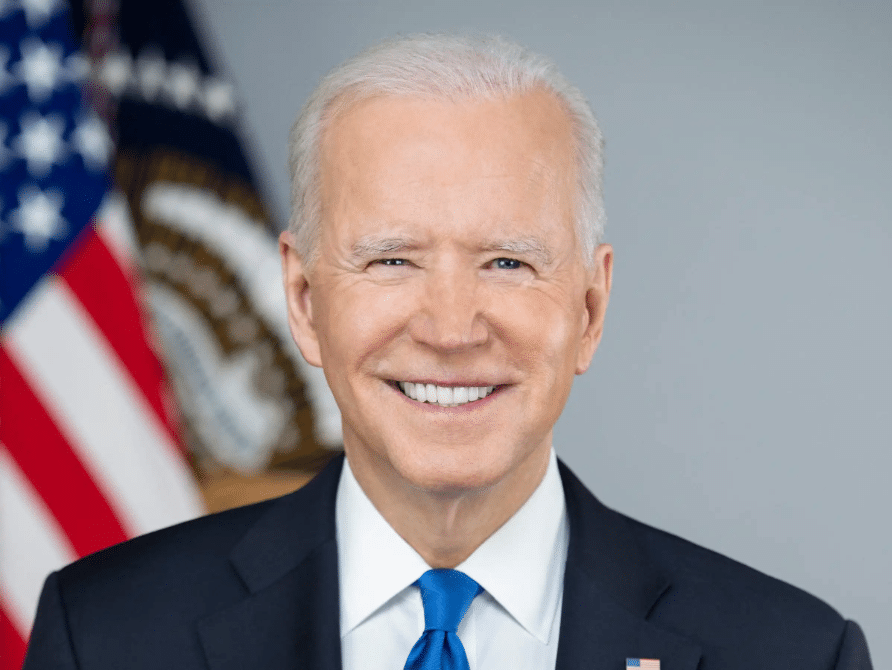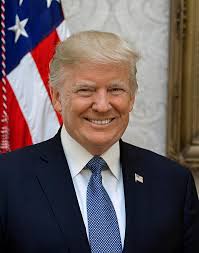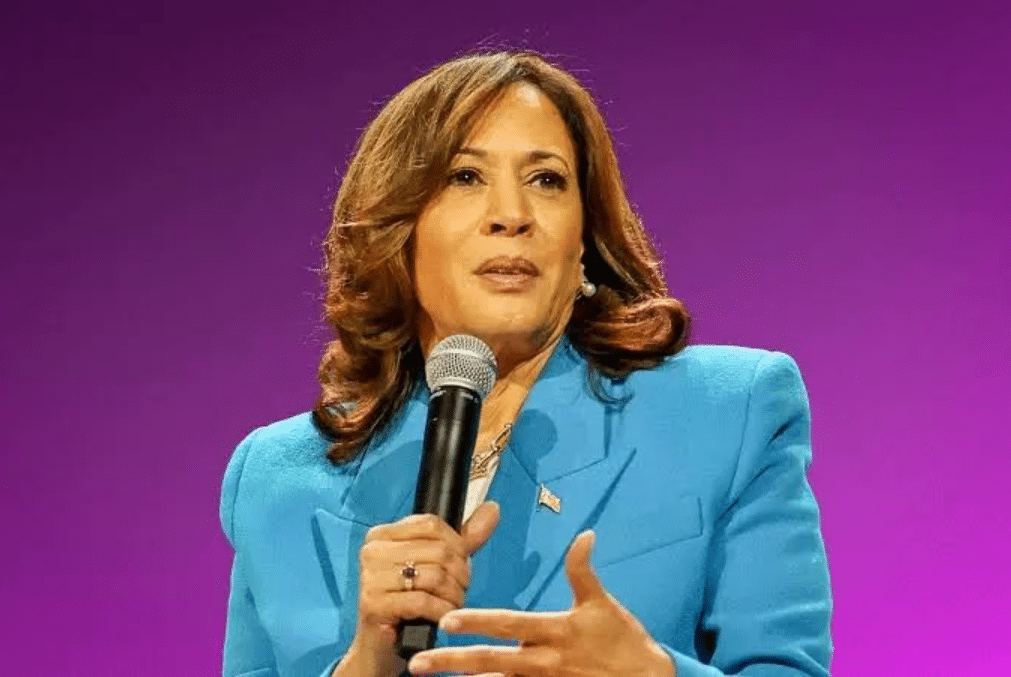The 2024 United States Presidential Elections is set to be one of the most pivotal moments in modern American history. With crucial issues ranging from the economy and healthcare to climate change and foreign policy, the stakes are high. Scheduled for Tuesday, November 5, 2024, this election will determine the next President of the United States, along with 33 seats in the Senate and all 435 seats in the House of Representatives.
This blog post will walk you through everything you need to know about the 2024 U.S. presidential elections, the key candidates, issues, election process, and why this election is so significant.
Key Candidates for the 2024 Presidential Elections
1. Joe Biden (Democratic Party)

Joe Biden, the incumbent president, is expected to run for re-election as the Democratic candidate. Having served as President since 2021, Biden’s platform focuses on issues like healthcare reform, combating climate change, gun control, and improving infrastructure. His administration has focused on recovery from the COVID-19 pandemic, boosting employment, and strengthening ties with allies globally. His age, however, has been a subject of debate, with some questioning whether he will officially declare his candidacy in 2024.
2. Donald Trump (Republican Party)

Former President Donald Trump is expected to be the frontrunner for the Republican nomination. Trump’s 2020 campaign focused on the economy, immigration, and national security. Following his defeat in 2020, Trump remains a polarizing figure in American politics. If Trump secures the nomination, his candidacy would largely revolve around the issues of economic growth, deregulation, and a return to conservative values.
3. Other Potential Candidates for Presidential Elections

Both parties have several emerging figures who might run if Biden or Trump choose not to. On the Democratic side, possible contenders include Kamala Harris (Vice President), Pete Buttigieg (Secretary of Transportation), and Elizabeth Warren (Senator from Massachusetts). For the Republicans, potential candidates include Ron DeSantis (Governor of Florida), Nikki Haley (former U.N. Ambassador), and Mike Pence (former Vice President).
Major Issues at Stake in 2024
1. The Economy
Economic recovery from the pandemic will likely remain a central issue in the 2024 elections. Inflation, rising interest rates, and global economic uncertainties will play heavily into the candidates’ platforms. Democrats will likely focus on infrastructure investment, clean energy jobs, and social safety nets. Republicans, in contrast, will push for tax cuts, deregulation, and reducing government spending.
2. Healthcare Reform
Healthcare continues to be a dominant issue, particularly the debate surrounding the Affordable Care Act (ACA). Democrats aim to protect and expand access to healthcare, potentially exploring options like public health insurance. Republicans are more likely to focus on reducing healthcare costs through privatization and repealing parts of the ACA.
3. Climate Change
The climate crisis remains a top concern for many Americans, especially younger voters. Democrats, including Joe Biden, emphasize the urgency of addressing climate change through green energy initiatives and regulatory reforms. Republicans tend to emphasize energy independence and argue for a balance between environmental sustainability and economic growth.
4. Social Justice and Equality
With the backdrop of the Black Lives Matter movement and calls for police reform, social justice will remain at the forefront of the 2024 election debates. Issues of racial equality, LGBTQ+ rights, and voting rights will likely be heavily discussed. Republicans have focused on law and order, while Democrats have advocated for criminal justice reform and expanded civil rights protections.
5. Foreign Policy
Foreign policy will be a key issue, especially in the wake of changing global dynamics. Biden’s handling of the war in Ukraine, relations with China, and restoring alliances will be central to his foreign policy message. Republicans may focus on national security, the U.S.-China rivalry, and a more isolationist stance, prioritizing domestic concerns over international involvement.
The Election Process and Timeline
The U.S. presidential elections follows a series of stages designed to allow candidates to campaign and for voters to make informed decisions. Here’s a quick overview of the election process:
1. Primary Elections and Caucuses
From January to June 2024, both Democratic and Republican candidates will face off in primary elections and caucuses across the states. These elections determine which candidate will officially represent each party in the general election. The Iowa Caucus and New Hampshire Primary are traditionally the first and most influential in shaping the race.
2. National Party Conventions
After the primaries, both major political parties will hold their national conventions in the summer of 2024. These conventions are where each party officially nominates its candidate for president. The nominee selects a running mate (vice-presidential candidate), and the party announces its official platform.
3. General Election Campaign
Once the nominees are confirmed, the general election campaign will run from the summer until election day. This period is marked by rallies, debates, advertising, and intense media scrutiny. Both candidates will make their case to the American people through televised debates and public appearances, with the goal of winning votes in key battleground states.
4. Election Day (November 5, 2024)
On November 5, 2024, American citizens will cast their votes. The U.S. uses an Electoral College system, meaning that the candidate who wins the popular vote in each state typically secures that state’s electoral votes. The magic number to win the presidency is 270 electoral votes out of a total of 538.
5. Inauguration Day (January 20, 2025)
The newly elected president will be inaugurated on January 20, 2025. This is a key tradition that marks the peaceful transfer of power from one administration to the next.
Swing States and the Electoral Map
The outcome of the 2024 election will likely be determined by swing states—states that can vote either Democrat or Republican. In 2020, states like Michigan, Pennsylvania, Arizona, and Georgia were crucial in securing Joe Biden’s victory. Both candidates will need to win over voters in these battleground states to claim victory in 2024.
Key Swing States to Watch
- Pennsylvania
- Michigan
- Wisconsin
- Florida
- Arizona
- Georgia
These states often have a relatively balanced mix of Democratic and Republican voters, making them unpredictable and highly competitive during the campaign.
Conclusion: Why the 2024 Presidential Elections Matter
The 2024 U.S. Presidential Elections will shape the country’s future for decades to come. From addressing the ongoing economic challenges to tackling urgent global issues like climate change and foreign policy, the outcome of this election will resonate worldwide. Whether it’s the economy, healthcare, or social justice, every voter’s decision will impact the direction of the nation.
For voters in the U.S. and observers around the globe, the 2024 elections are a critical moment for democracy, governance, and leadership. The candidates who emerge victorious in this election will face a complex and evolving set of challenges, but they will also have the opportunity to set the course for a new era of American leadership and innovation.


